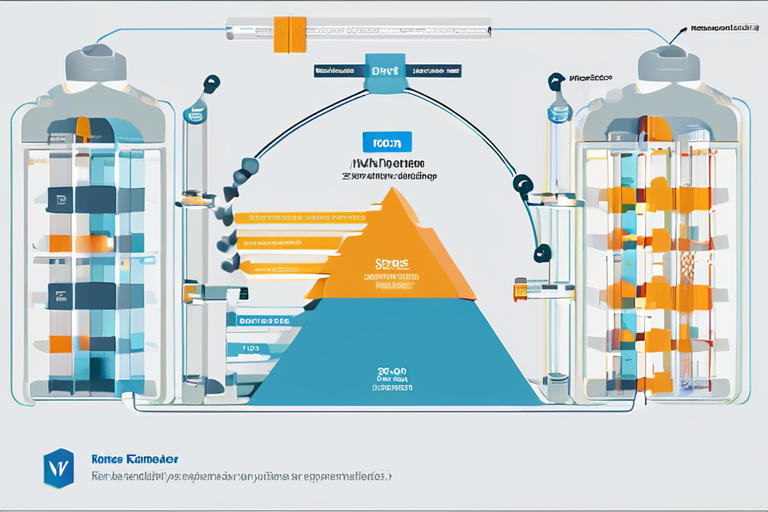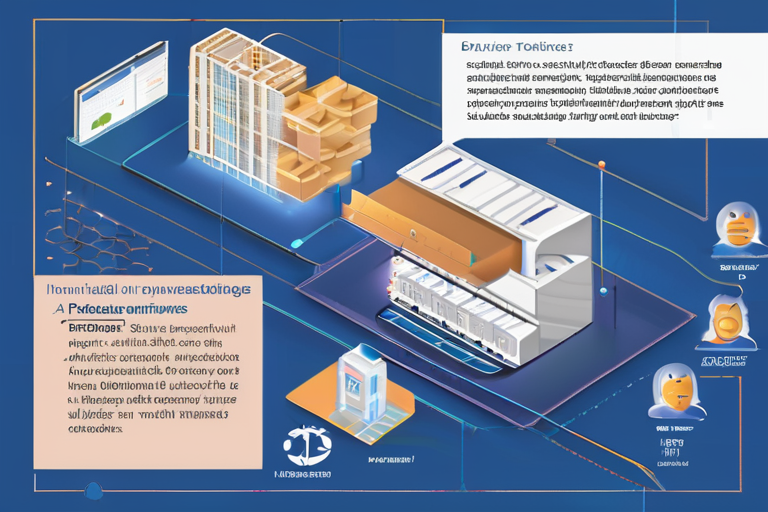VMware's licensing changes have sent shockwaves through the IT industry, prompting many organizations to reassess their cloud migration strategies. According to recent reports, 89% of organizations have already adopted at least some cloud-native techniques, with a significant increase in companies reporting nearly all development and deployment as cloud-native, growing from 20% in 2023 to 24% in 2024.
The financial implications of this shift are substantial. A recent IDC report found that cloud providers have become top strategic partners for generative AI initiatives, with many organizations looking to leverage cloud-native infrastructure to support their AI-first strategies. This trend is expected to continue, with cloud providers projected to account for a significant share of the growing AI market.
The market context is one of accelerating innovation and increasing pressure to innovate faster and more cost-effectively. As enterprises prepare for an AI-first future, they are facing compute demands that are difficult, if not prohibitively expensive, to meet using traditional infrastructure. This has led to a growing interest in cloud-native infrastructure, which offers greater flexibility, scalability, and cost-effectiveness.
VMware, a leading provider of virtualization and cloud infrastructure solutions, has been at the forefront of this shift. However, the company's recent licensing changes have created uncertainty around its future, prompting many organizations to explore alternative cloud migration strategies.
One such strategy is the use of agentic AI, which enables organizations to automate and optimize their cloud migration workflows. Agentic AI uses machine learning algorithms to analyze complex systems and identify areas of improvement, allowing organizations to streamline their migration processes and reduce costs.
The implications of this trend are far-reaching, with significant implications for the IT industry and society as a whole. As organizations continue to adopt cloud-native infrastructure and AI-first strategies, they will need to develop new skills and competencies to support these initiatives. This will require significant investments in education and training, as well as a shift in cultural attitudes towards innovation and experimentation.
Looking ahead, the future of cloud migration and AI-first strategies is likely to be shaped by the ongoing evolution of agentic AI. As this technology continues to mature, we can expect to see even greater levels of automation and optimization in cloud migration workflows, enabling organizations to innovate faster and more cost-effectively.


























Share & Engage Share
Share this article